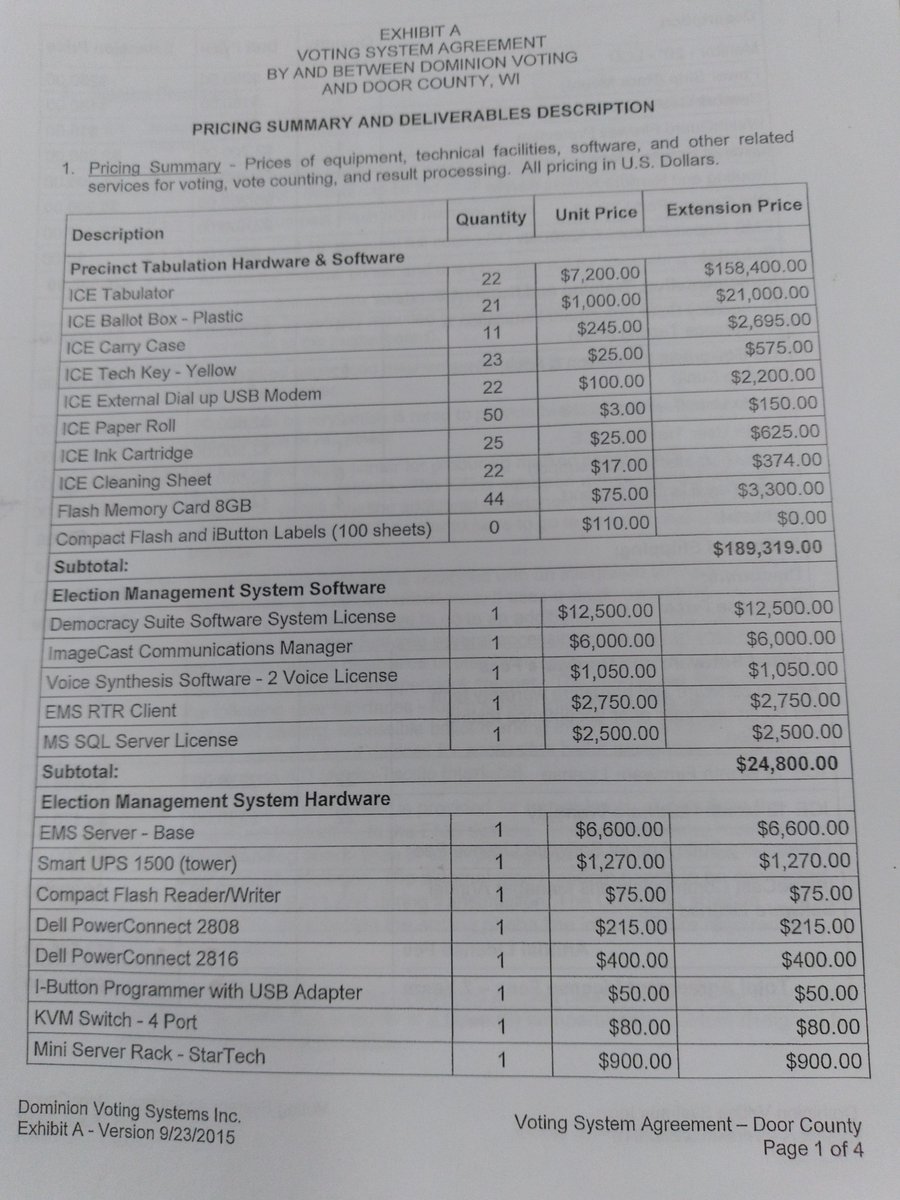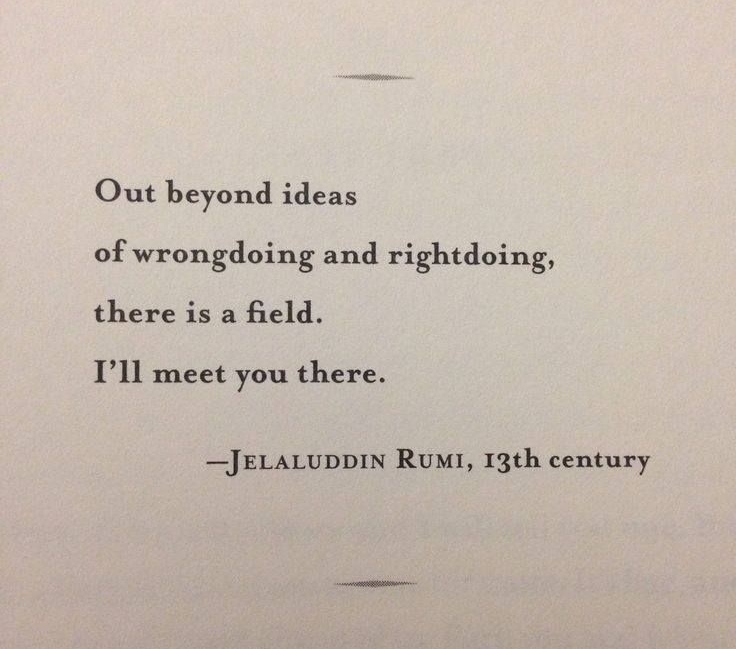
Thread: The Orientalizing of Moulana Rumi
Many of you may be familiar with the 'Rumi quotes' that circulate the internet. What if I told you the vast majority of them are fake and they are part of a project to secularize Rumi? This isn't a whatsapp conspiracy.
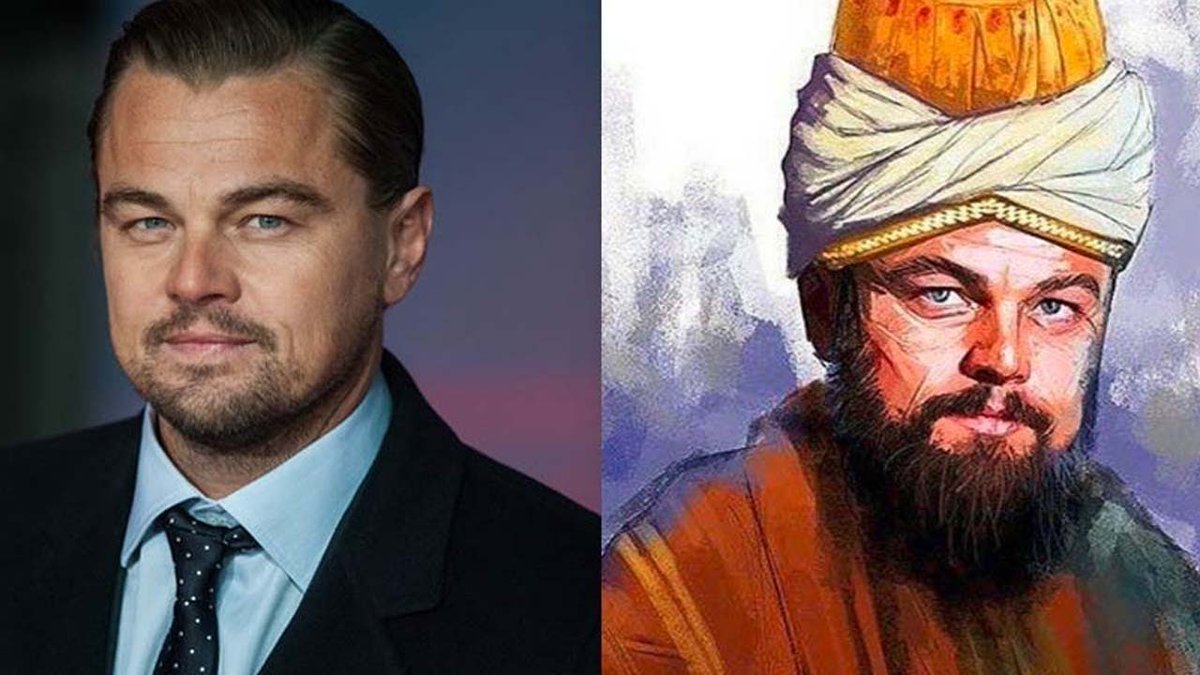
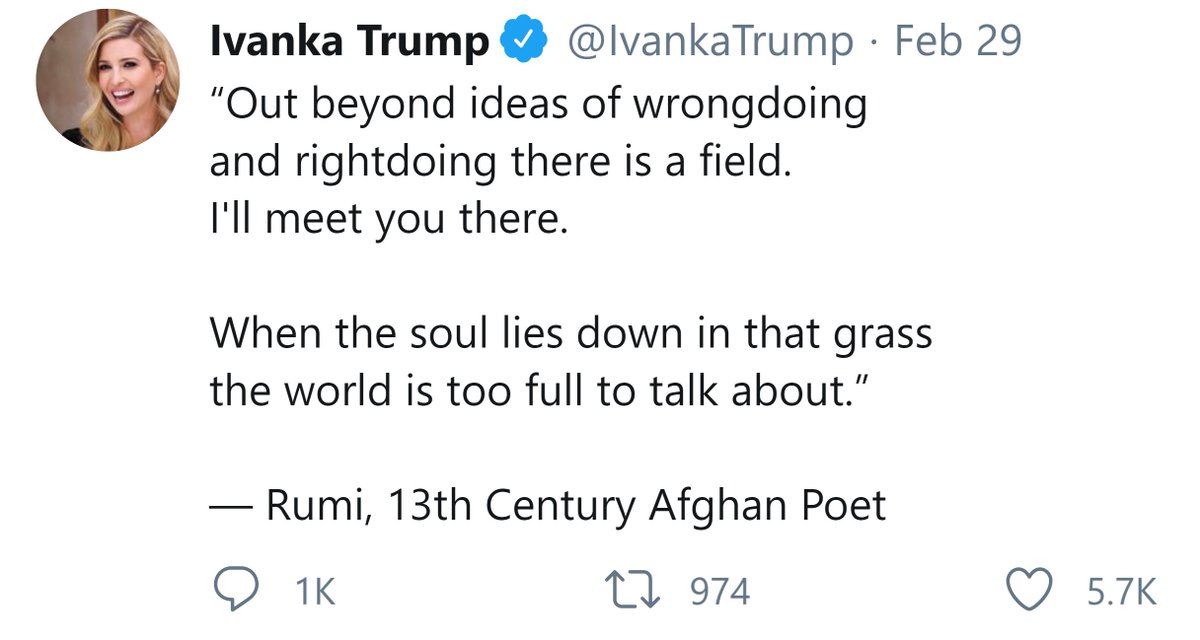
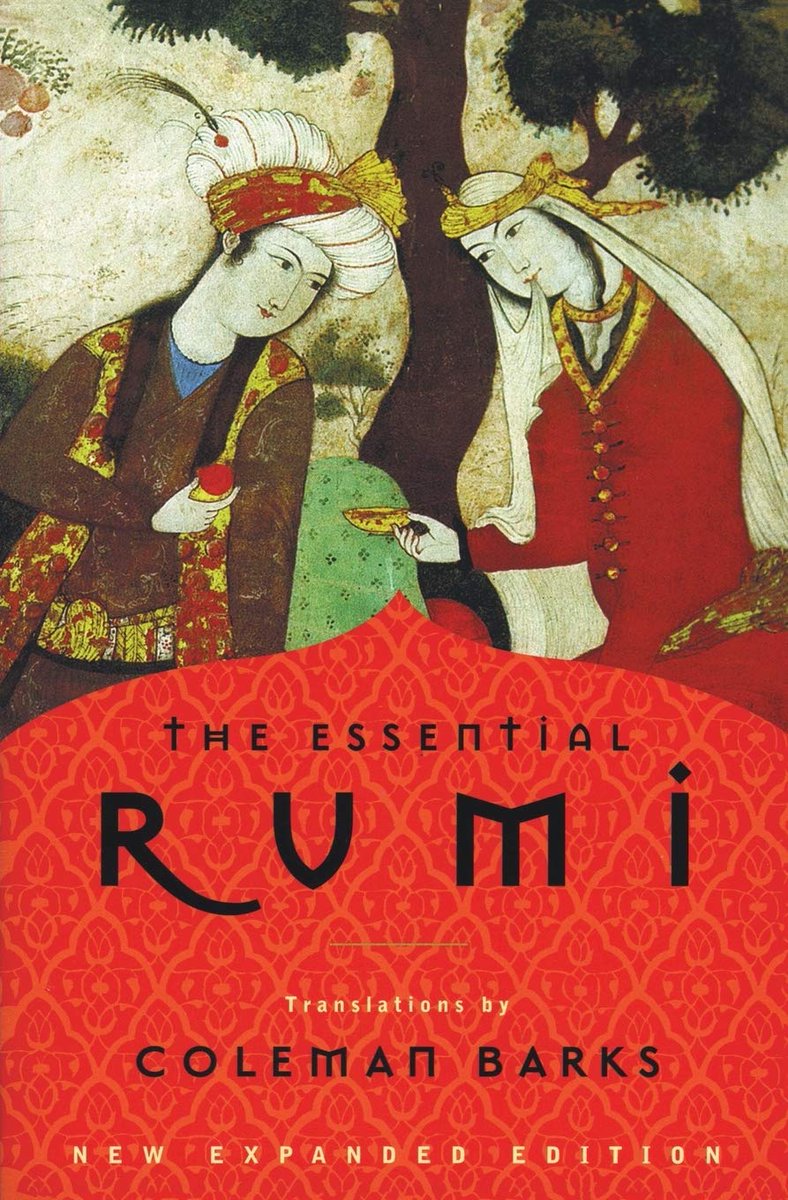


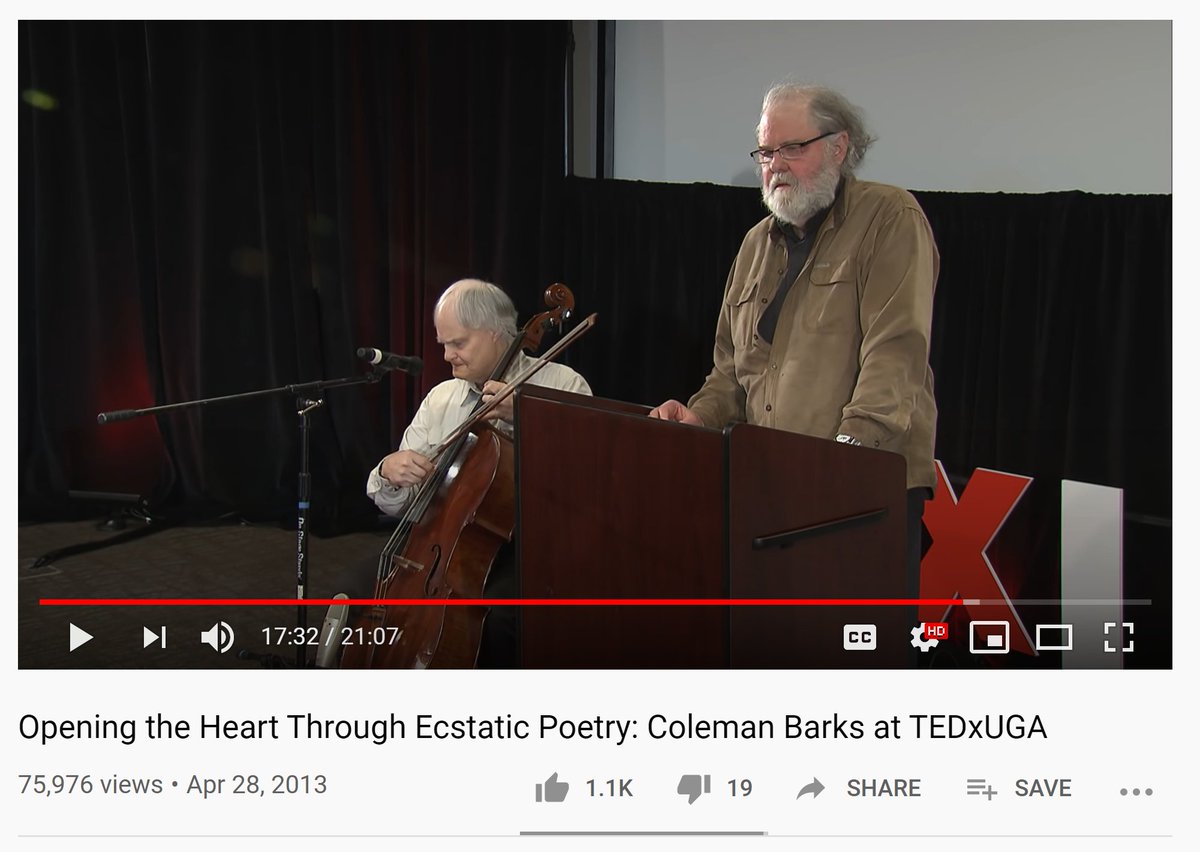
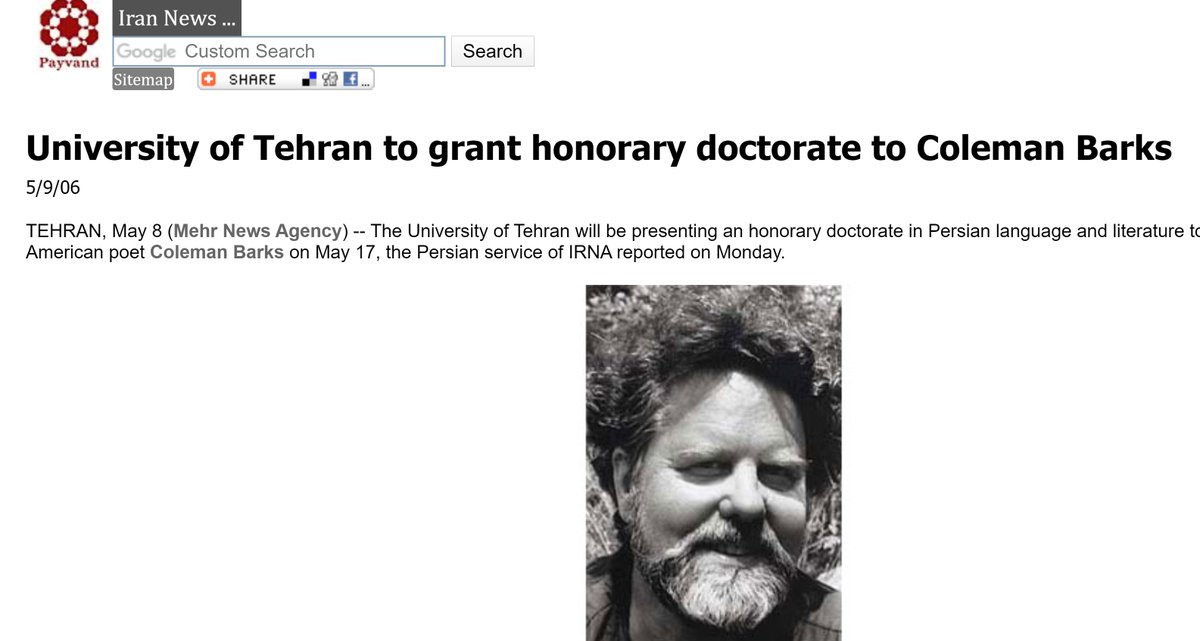
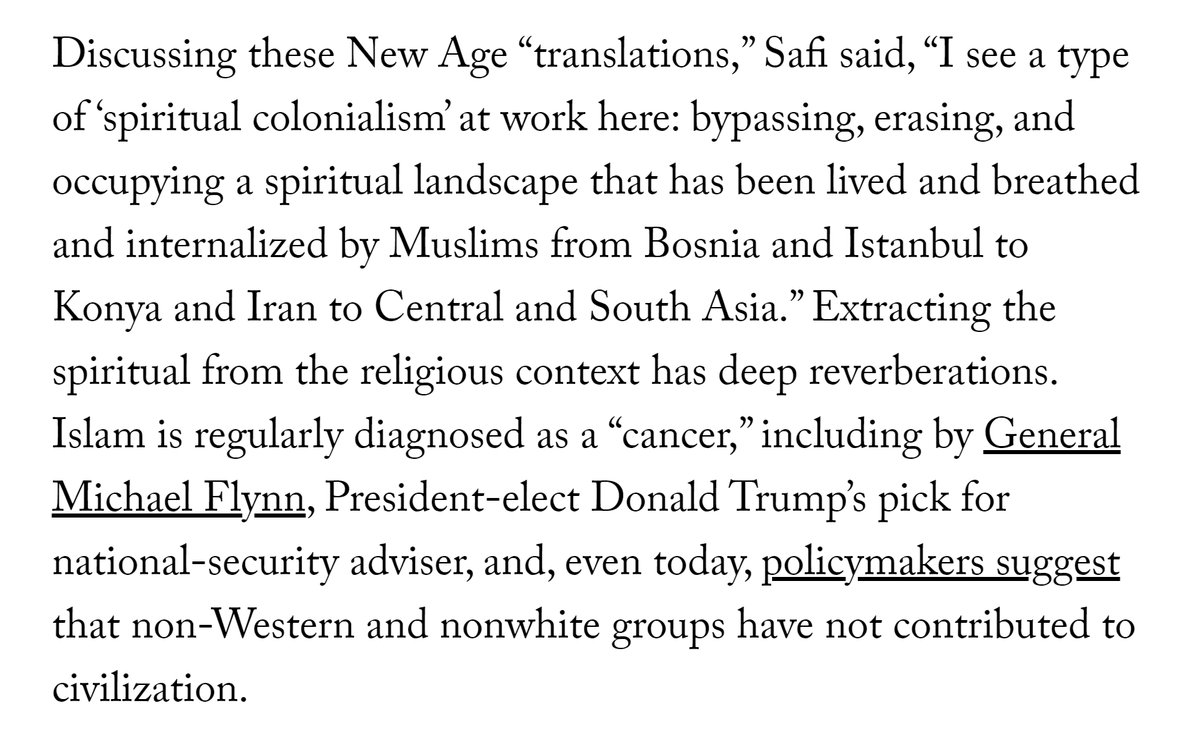
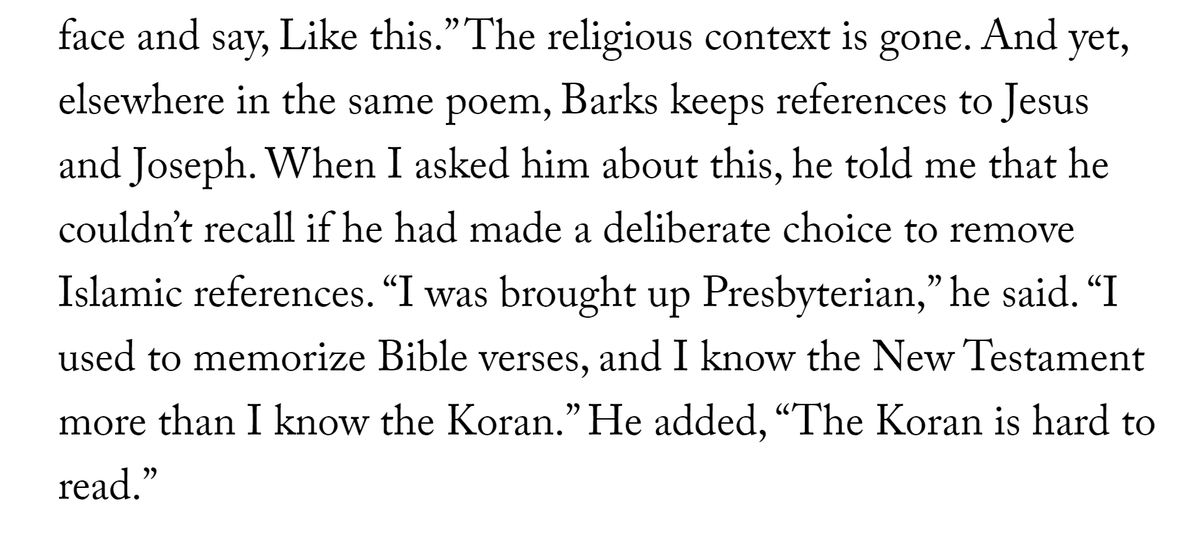
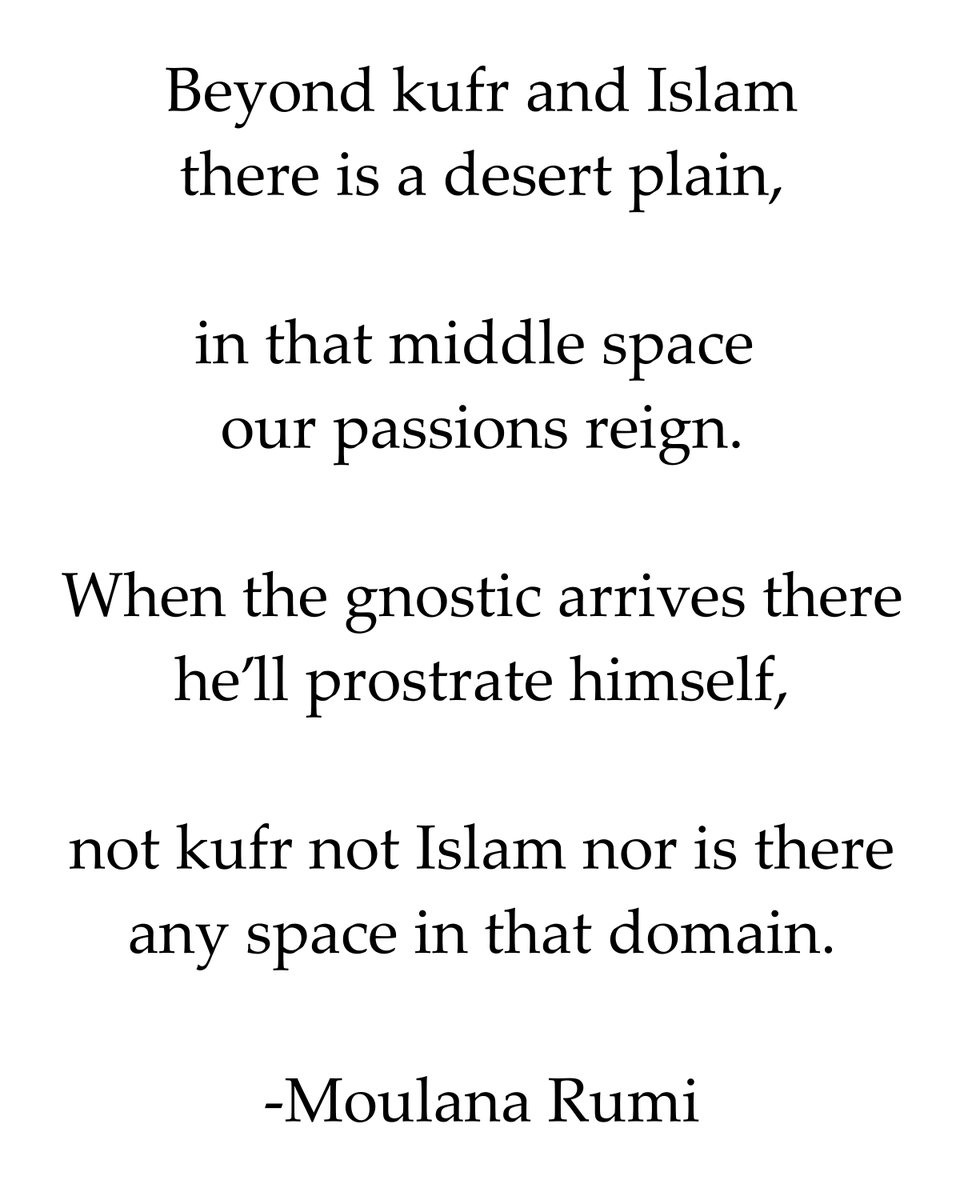
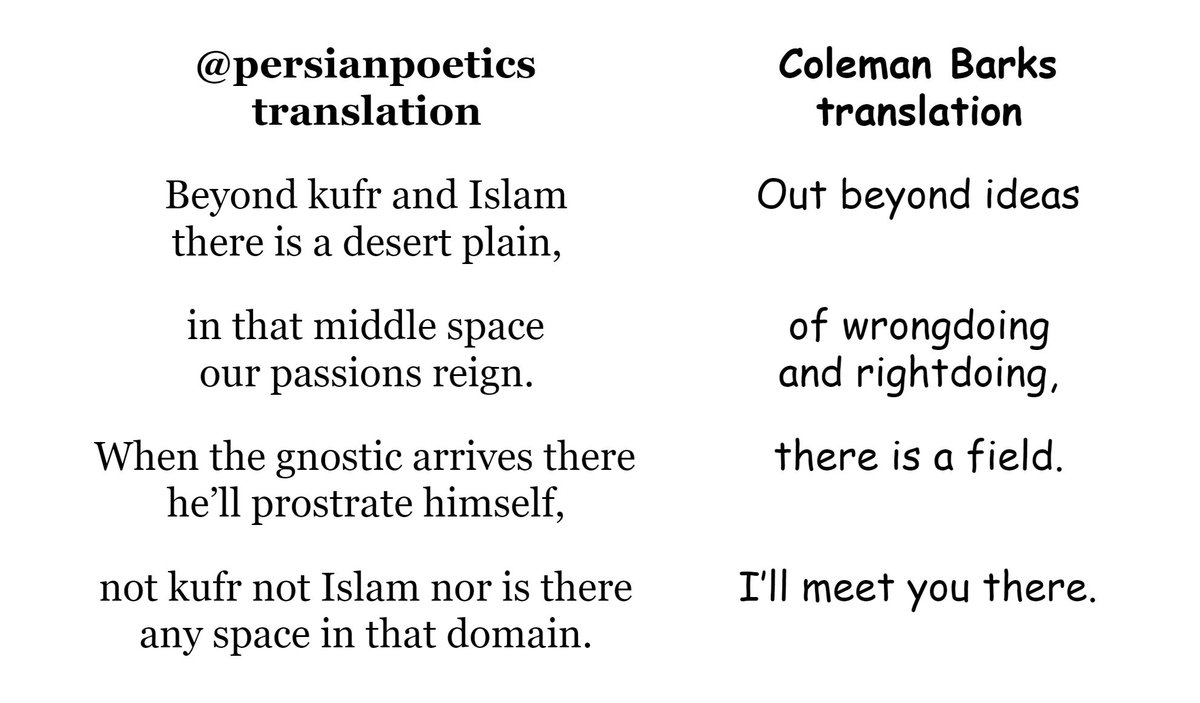
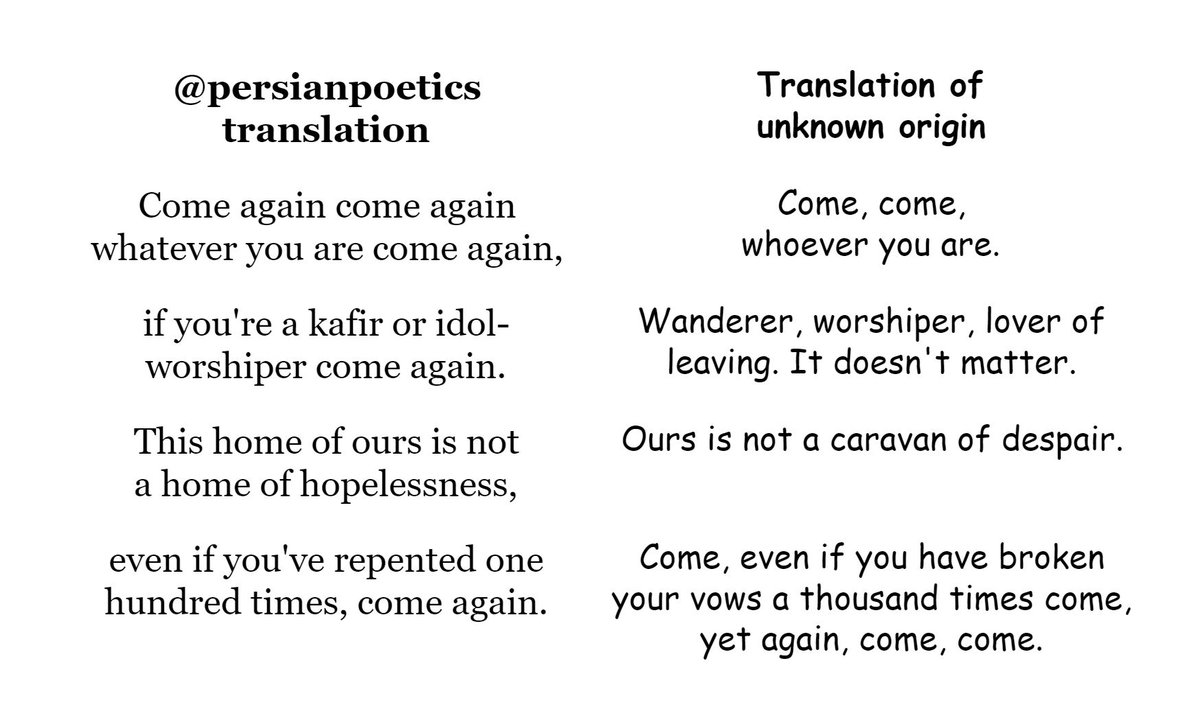
https://t.co/VYDCm1OSyj
More from Category
“Most secure election in US history...” Chris Krebs - Former United States Director of the Cybersecurity & Infrastructure Security Agency
Meanwhile Fulton County just hired top criminal defense attorneys to stop a civil lawsuit that recently unsealed ballots for forensic audit.
Meanwhile Fulton County just hired top criminal defense attorneys to stop a civil lawsuit that recently unsealed ballots for forensic audit.
GEORGIA! \U0001f6a8 @GaSecofState sent a letter to Congress on Jan 6th refuting claims of election fraud in GA asserting his office had thoroughly investigated. He now admits that transfer documents compromising hundreds of thousands of ballots in Fulton County are missing. @RealAmVoice https://t.co/w34gBN0Woq pic.twitter.com/TWmroCuJ7N
— Heather Mullins - Real America\u2019s Voice (RAV-TV) (@TalkMullins) June 15, 2021






